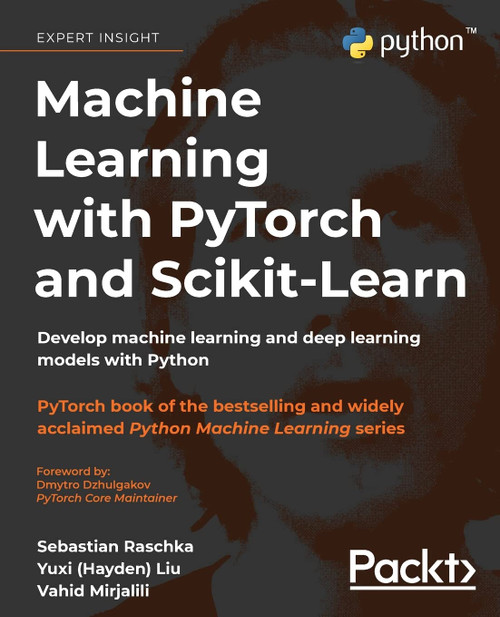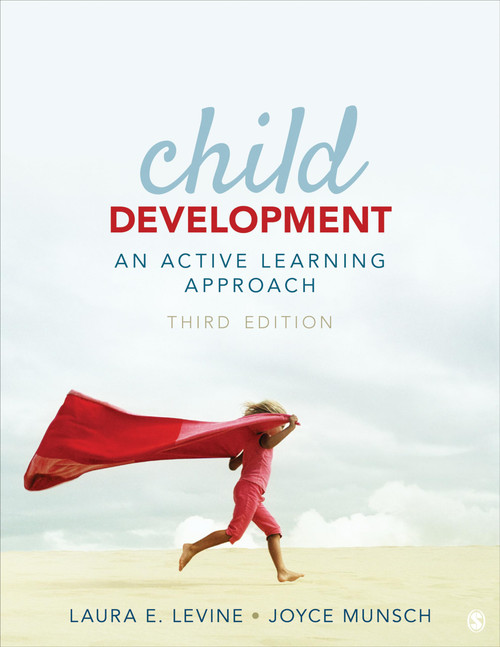Based on the latest research from the field, Motor Learning and Development explains how motor development affects motor learning and provides a framework for establishing programs that facilitate skill acquisition for all learners. This first-of-its-kind undergraduate text serves as a primary resource for integrating this broad range of material within a single course. Motor Learning and Development examines the development of movement skill in humans from infancy to older adulthood and how differing motor, cognitive, and social abilities affect when, why, and how an individual learns motor skills.
Motor Learning and Development begins by providing a foundational understanding of the concepts in motor learning and motor development. Readers will discover the fundamental motor skills developed during childhood as well as the individual functional and structural constraints present in childhood and adolescence. Next, readers explore physical activity and movement in relationship to young, middle, and older adulthood (including the effects of significant life changes such as leaving home, entering the workforce, getting married, and having children) and the social and psychological changes associated with retirement and aging. A unique conclusion brings the texts concepts together to illustrate how to design developmentally appropriate programs for all types of learners.
Building on the theoretical knowledge of previous chapters, readers will also learn how to prepare, develop, and implement developmentally appropriate movement programs. The text examines concepts such as these:
Structuring the learning environment to positively influence the physical, instructional, and affective factors in motor learning
Setting goals and introducing motor skills through the use of demonstrations, verbalizations, attention directing, and physical guidance
Designing and structuring effective practice sessions
Types of feedback and their functions as well as effective feedback scheduling
Learning features in each chapter include an opening scenario, activity and lab suggestions, chapter summaries, and glossary terms. In addition, sidebars provide opportunities for readers to increase their understanding. Research Notes present accessible summaries of notable research in both fields, and Try This sections detail a simple task for students to perform during class or study. In addition, What Do You Think? questions promote critical thinking and encourage research-to-practice understanding of the material.
When used as a course text, Motor Learning and Development includes a test package and image bank to assist instructors in combining these two large content areas into a single course. The image bank includes most of the figures, tables, and photos from the book as well as a blank PowerPoint template. Instructors can easily build their own tests and quizzes using multiple-choice, true-or-false, and short-answer questions found within the test package. These resources are available online and are free to course adopters.
Motor Learning and Development provides an excellent framework for understanding both fields of study as well as the ways in which motor learning and motor development affect one another. By providing a thorough understanding of the factors that drive the development of motor skills throughout the life span, Motor Learning and Development assists future and current movement educators in teaching movement skills to learners at any age and skill level.












